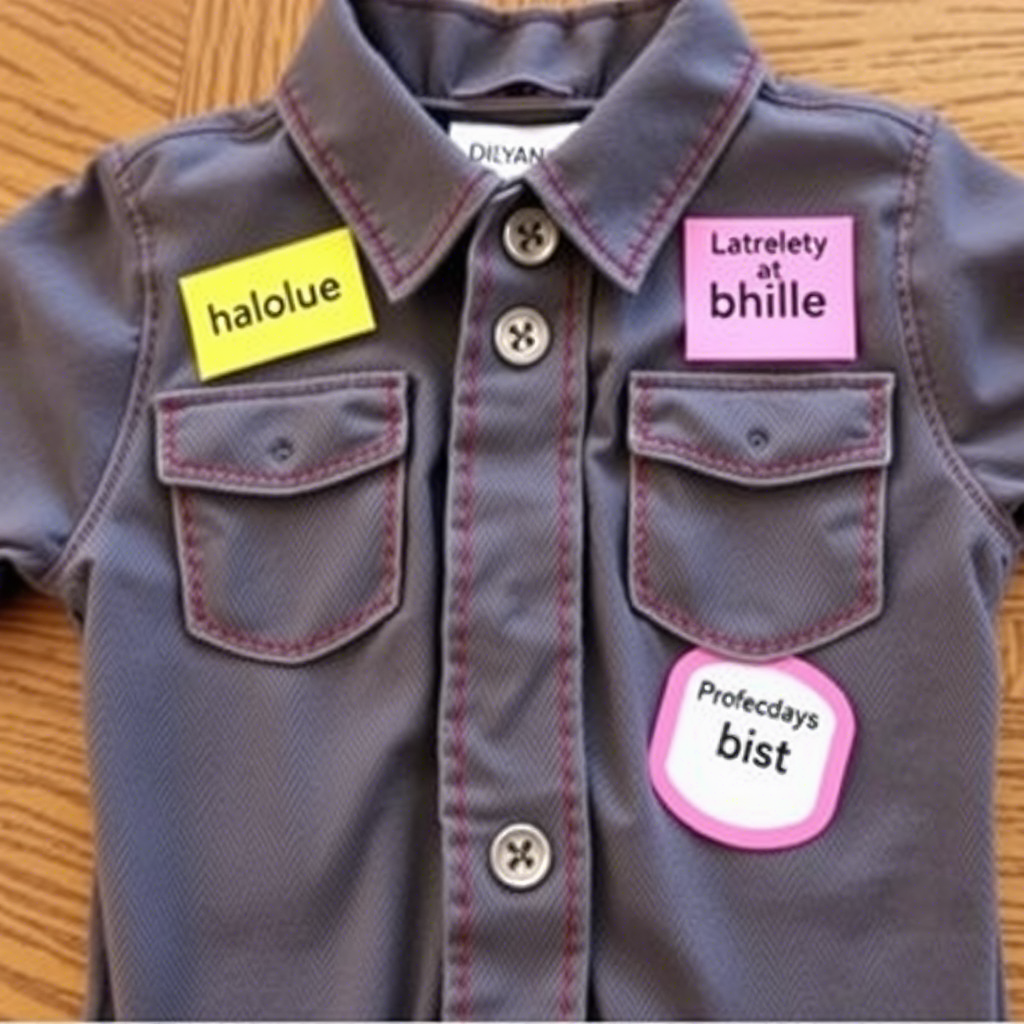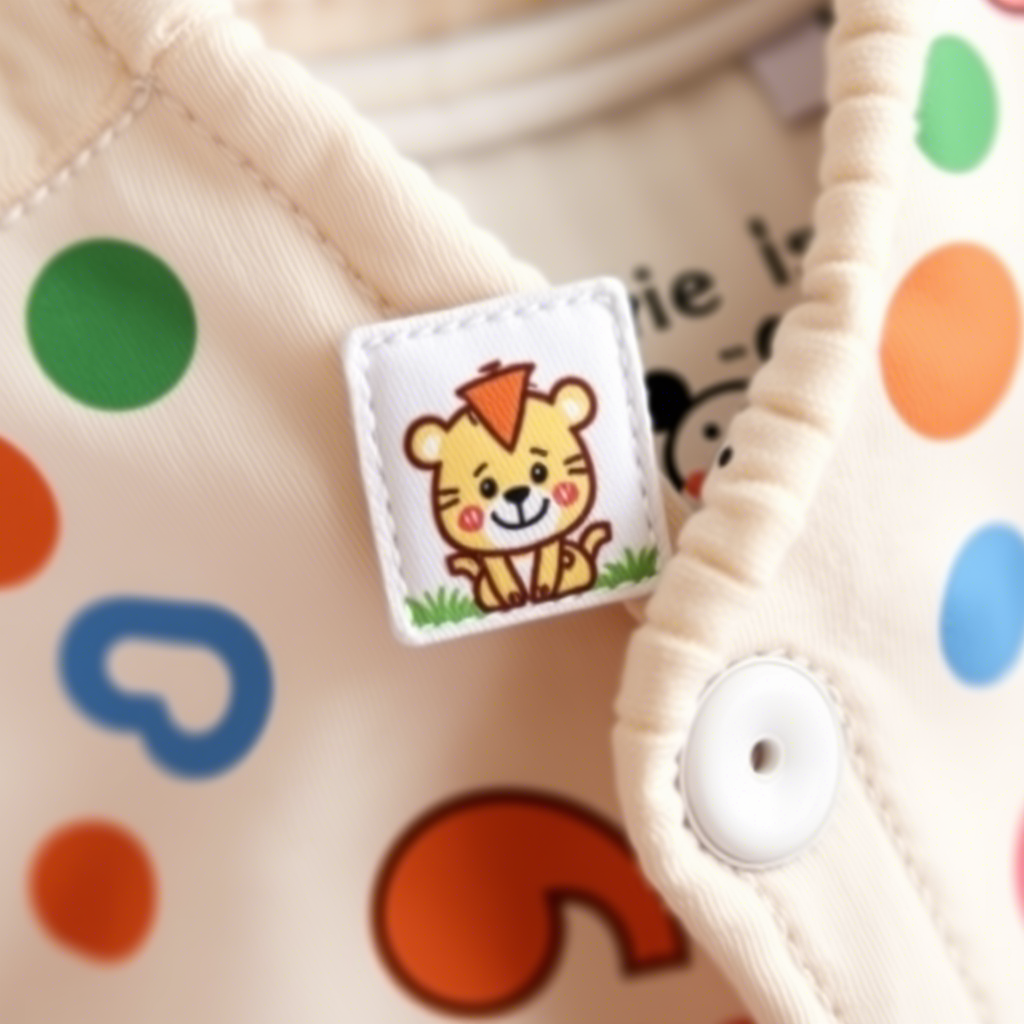How To Label Kids Clothes For Daycare
Labeling kids’ clothes for daycare is an essential task that can save parents a lot of time and stress. When children are in daycare, their clothes can easily get mixed up with others, leading to lost or misplaced items. Proper labeling helps ensure that each child’s belongings are easily identifiable, making it simpler for daycare staff to return them to their rightful owners. According to a survey, many parents have experienced the frustration of losing their child’s favorite clothes or having to spend hours searching for missing items. Effective labeling can prevent such issues and make the daycare experience smoother for both parents and children.
Choosing the Right Labeling Method
Choosing the right labeling method is crucial for ensuring that the labels remain legible and durable throughout the daycare period.
- Permanent Markers: One common method is using permanent markers to write the child’s name directly on the clothes. This method is easy and cost-effective but may not be as durable as other options.
- Iron-On Labels: Another popular choice is iron-on labels, which can be customized with the child’s name and are relatively easy to apply.
- Sticker Labels:
 Sticker labels are also a favorite among parents due to their ease of use and variety of designs available, making them appealing to children.
Sticker labels are also a favorite among parents due to their ease of use and variety of designs available, making them appealing to children.
Types of Labels and Their Benefits
Different types of labels cater to various needs and preferences.
- Customizable Labels: Customizable labels with cute cartoon characters can make the labeling process more engaging for kids.
 These labels not only serve their practical purpose but also add a personal touch.
These labels not only serve their practical purpose but also add a personal touch. - Reusable Labels: Reusable labels are an eco-friendly option that can be used multiple times, making them a great choice for families with multiple children or for daycare centers looking to reduce waste.
- Special Care Labels: For clothes that require special care, such as wool or silk, there are labels designed to withstand washing and drying without damaging the fabric.
Best Practices for Labeling Clothes
To ensure that labels are effective, it’s essential to follow best practices.
- Consistency: Consistently labeling all of a child’s clothes and personal items helps daycare staff quickly identify belongings.
- Clear Handwriting: Using clear handwriting or printed labels can prevent confusion and misidentification.
- Visible Placement: Placing labels in visible areas, such as the collar or tag, ensures they are easily seen.
Daycare Essentials to Label
Not just clothes, but other daycare essentials should also be labeled.
- Clothing Items: All clothing items, including socks, hats, and jackets, should be labeled. For example, a boys’ coat can be labeled with the child’s name to prevent loss.
- Personal Items: Personal items like water bottles, lunch boxes, and pacifiers should also be labeled to prevent mix-ups.
- Labeling Other Essentials:
 Labeling other essentials like towels and bedding can also be helpful, especially in larger daycare settings.
Labeling other essentials like towels and bedding can also be helpful, especially in larger daycare settings.
Maintaining Labels Over Time
To ensure labels remain effective over time, regular checks and maintenance are necessary.
- Regular Checks: Regularly checking labels for wear and tear and replacing them as needed can prevent issues.
- Wash Care: Following the manufacturer’s wash care instructions for labeled items can help extend the life of the labels.
- Updating Labels: For children who are growing rapidly, updating labels seasonally can ensure that all clothes remain properly labeled, especially when transitioning between different types of clothing, such as switching from winter coats to lighter jackets.
Conclusion
Labeling kids’ clothes for daycare is a simple yet effective way to prevent loss and make the daycare experience less stressful for parents. By choosing the right labeling method, following best practices, and maintaining labels over time, parents can ensure their child’s belongings are always identifiable. Whether using permanent markers, iron-on labels, or sticker labels, the key is consistency and clarity. By implementing these strategies, parents can enjoy a more organized and stress-free daycare experience.

Comments